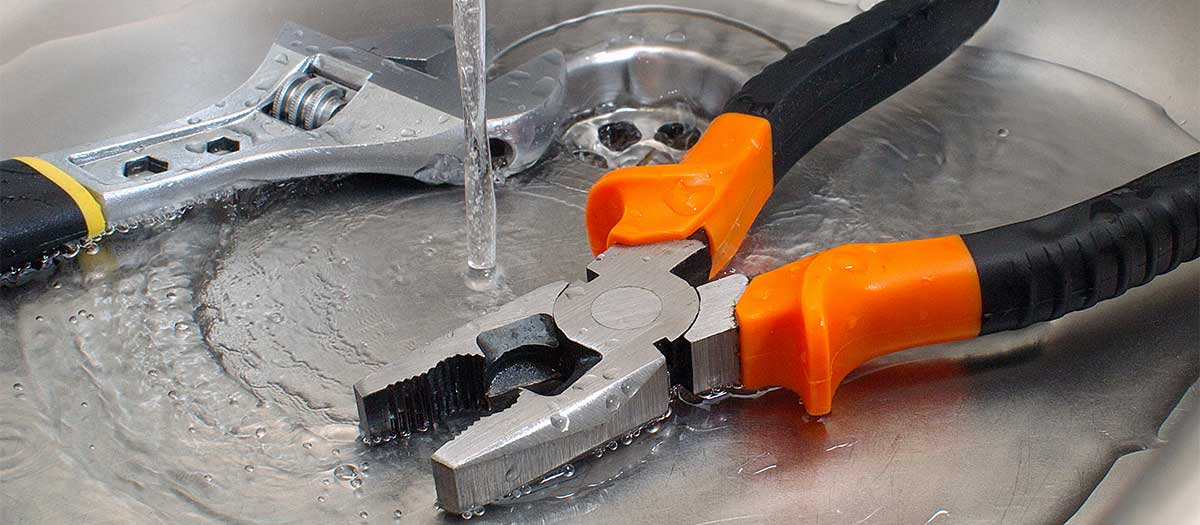Exactly how to Inspect If Your House Has a Concealed Leak
Exactly how to Inspect If Your House Has a Concealed Leak
Blog Article
What are your beliefs on Top leak detection hacks?

The minute you locate a leakage, calling your plumber for fixings is the best solution. However, some little water leakages may not show up. Here are some hacks that assist if you can not detect it with your nude eyes.
Early discovery of leaking water lines can reduce a possible calamity. Aside from saving you money, it will certainly reduce the irritation and disappointment.
Check Water Usage
If you detect unexpected adjustments, despite your intake being the exact same, it means that you have leaks in your plumbing system. An unexpected spike in your costs suggests a fast-moving leak.
Meanwhile, a steady rise each month, despite having the exact same behaviors, shows you have a sluggish leak that's likewise slowly rising. Call a plumber to extensively examine your residential property, especially if you really feel a cozy location on your floor with piping below.
Inspect and also Evaluate the Circumstance
Home owners must make it a behavior to inspect under the sink counters and also also inside closets for any bad odor or mold and mildew development. These 2 red flags show a leak so timely interest is called for. Doing routine evaluations, even bi-annually, can conserve you from a significant problem.
Analyze the Water Meter
Every home has a water meter. Inspecting it is a proven way that assists you find leakages. For beginners, shut off all the water sources. Ensure no one will certainly flush, use the faucet, shower, run the cleaning equipment or dish washer. From there, go to the meter and also watch if it will certainly change. Given that nobody is using it, there need to be no motions. That indicates a fast-moving leakage if it relocates. Similarly, if you spot no changes, wait a hr or two and also inspect back once again. This means you may have a slow-moving leak that might even be underground.
Asses Exterior Lines
Don't neglect to check your outdoor water lines as well. Should water permeate out of the link, you have a loosened rubber gasket. One little leakage can squander bunches of water as well as spike your water expense.
Do a Food Coloring Examination
When it comes to water usage, 30% comes from toilets. Test to see if they are running properly. Decrease flecks of food shade in the tank and also wait 10 minutes. There's a leak between the storage tank and bowl if the shade somehow infiltrates your bowl throughout that time without flushing.
If you know your residence is currently old, keep a watchful eye on your heaters, hose pipes, pipes and so on. Look for discolorations and weakening as a lot of appliances and pipelines have a life span. They will additionally normally weaken because of wear and tear. If you suspect dripping water lines in your plumbing system, do not await it to intensify. Call a professional plumber right away so you do not end up with a dreadful mess in your house.
The minute you find a leakage, calling your plumber for repairs is the ideal option. Some tiny water leakages may not be visible. Examining it is a surefire method that aids you find leaks. One little leakage can squander tons of water as well as surge your water costs.
If you believe leaking water lines in your plumbing system, don't wait for it to rise.
WARNING SIGNS OF WATER LEAKAGE BEHIND THE WALL
PERSISTENT MUSTY ODORS
As water slowly drips from a leaky pipe inside the wall, flooring and sheetrock stay damp and develop an odor similar to wet cardboard. It generates a musty smell that can help you find hidden leaks.
MOLD IN UNUSUAL AREAS
Mold usually grows in wet areas like kitchens, baths and laundry rooms. If you spot the stuff on walls or baseboards in other rooms of the house, it’s a good indicator of undetected water leaks.
STAINS THAT GROW
When mold thrives around a leaky pipe, it sometimes takes hold on the inside surface of the affected wall. A growing stain on otherwise clean sheetrock is often your sign of a hidden plumbing problem.
PEELING OR BUBBLING WALLPAPER / PAINT
This clue is easy to miss in rooms that don’t get much use. When you see wallpaper separating along seams or paint bubbling or flaking off the wall, blame sheetrock that stays wet because of an undetected leak.
BUCKLED CEILINGS AND STAINED FLOORS
If ceilings or floors in bathrooms, kitchens or laundry areas develop structural problems, don’t rule out constant damp inside the walls. Wet sheetrock can affect adjacent framing, flooring and ceilings.
https://www.servicemasterbyzaba.com/blog/how-to-detect-water-leakage-in-walls/

I recently found that blog posting about Finding hidden leaks when scouting around the search engines. Sharing is nice. Helping others is fun. Thanks so much for taking the time to read it.
Report this page